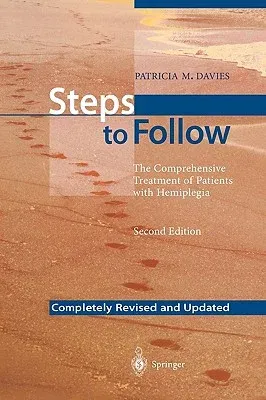A true paradigm shift is taking place in the field of neurology. Earlier
it was regarded as the science of exact diagnosis of incurable
illnesses, re- signed to the dogma that damage to the central nervous
system could not be repaired: "Once development is complete, the sources
of growth and regeneration ofaxons and dendrites are irretrievably lost.
In the adult brain the nerve paths are fixed and immutable - everything
can die, but nothing can be regenerated" (Cajal1928). Even then this
could have been countered with what holds today: rehabilitation does not
take place in the test tube, being supported only a short time later by
an authoritative source, the professor of neurology and neurosurgery in
Breslau, Otfried Foerster. He wrote a 100-page article about thera-
peutic exercises which appeared in the Handbuch der Neurologie (also
published by Springer-Verlag). The following sentences from his intro-
duction illustrate his opinion of the importance of therapeutic
exercises and are close to our views today (Foerster 1936): "There is no
doubt that most motor disturbances caused by lesions of the nervous
system are more or less completely compensated as a re- sult of a
tendency inherent to the organism to carry out as expedient- ly as
possible the tasks of which it is capable under normal circum- stances,
using all the forces still available to it with the remaining un-
damaged parts of the nervous system, even following injury to its sub-


